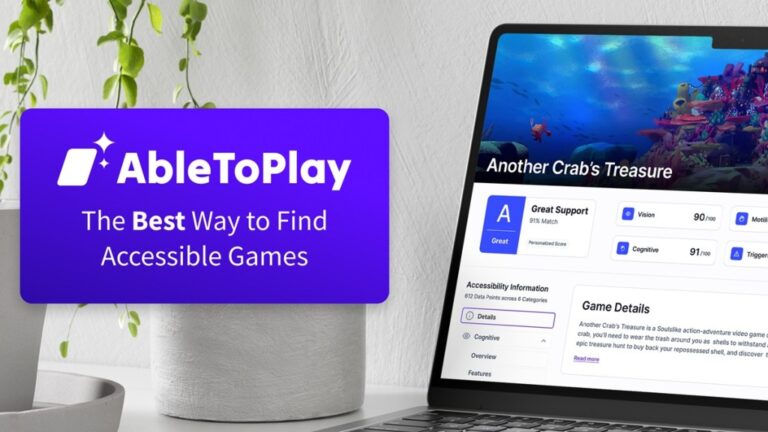Unlocking AI Potential: How Databricks Revolutionizes LLM Fine-Tuning Without Data Labels
In the ever-evolving landscape of enterprise AI adoption, a groundbreaking approach is making waves by utilizing existing input data for fine-tuning. This innovative method eliminates the traditional reliance on extensive labeled datasets, offering a more efficient and accessible pathway for businesses to leverage artificial intelligence.
The Challenge of Traditional AI Adoption
Many organizations face significant hurdles when implementing AI technologies. The conventional requirement for labeled data can hinder progress and inflate costs. Companies often struggle with:
- Time-consuming data labeling processes
- High costs associated with hiring data scientists
- Difficulty in acquiring quality labeled datasets
A Revolutionary Approach to Fine-Tuning AI
The new strategy flips the script on these challenges by focusing on utilizing input data that enterprises already possess. This method streamlines the AI adoption process, allowing for:
- Faster implementation of AI solutions
- Reduced dependency on external data sources
- Enhanced model performance through continuous learning
Benefits of Using Existing Data
By fine-tuning AI models with data that organizations already have, businesses can experience a range of advantages:
- Cost-Effectiveness: Minimizes the need for additional resources dedicated to data labeling.
- Improved Accuracy: Leverages familiar data patterns, resulting in more precise model predictions.
- Scalability: Facilitates easier scaling of AI initiatives across various departments.
Embracing the Future of AI
As enterprises look to the future, adopting this innovative approach can significantly enhance their operational efficiency. Companies ready to embrace this model can visit Enterprise AI Solutions for more insights on how to integrate AI effectively.
Conclusion
The shift towards utilizing existing input data for fine-tuning AI not only simplifies the adoption process but also empowers organizations to fully harness the capabilities of artificial intelligence. For further reading on the implications of AI in business, check out AI in Business Implications.







